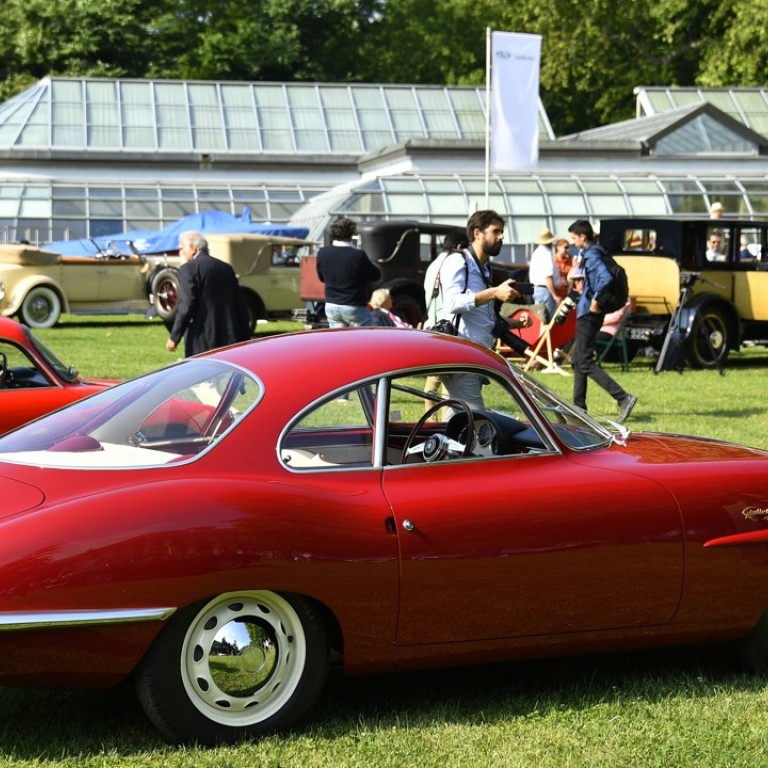
Concorso d’Eleganza Villa d’Este reveals the beauty of Alfa Romeo and the shape of supercars to come
Italian lakeside festival expands from collectors’ haunt to exclusive showcase for concepts and prototypes
This year’s Concorso d’Eleganza Villa d’Este from May 26 to May 28 brought out the best of BMW; a new Rolls-Royce; and lent old money charm to the latest car and bike concepts. The three-day event has been exclusive since 1929, when many of Europe’s car-loving rich engaged coach builders at Villa d’Este, a palatial, 152-room grand hotel in Cernobbio, about 60km north of Milan. The picturesque Lake Como property had drawn the rich and famous for centuries, and in recent decades developed into an annual hub for big-budget car collectors and tough concours judges. In the classic car world, a prize at Villa d’Este is as good as it gets.

BMW spotted the concorso’s marketing benefits and became a co-organiser with the hotel in 1999. Their event has presented the rarest classics and the latest prototypes ever since. The organisers invited 51 cars and 40 motorcycles to compete for 22 prizes, judged by a panel of international experts or a public ballot of visitors. The “Best of Show”, the Trofeo BMW Group was won by a 1957 Alfa Romeo Giulietta SS Prototipo owned by Corrado Lopresto and designed by Franco Scaglione, the then chief stylist at Bertone. Fitted with a 100hp, four-cylinder engine, the aerodynamic, futuristic Prototipo led to Alfa’s launch of the Giulietta Sprint Speciale in 1959. It also won the best Italian and the visiting public’s “Best of Show” awards.

The concorso often unearths rare makes. The show’s public voted a 1935 Lurani Nibbio as their favourite car. Designed by Giovanni Lurani Cernuschi, the Count of Calvenzano, the single-seat had a 46hp 500cc motorcycle engine, and set several speed records, including being the first half-litre car to reach 100km/h.

Owned by Federico Göttsche Bebert, the grandson of its constructor, the car broke more speed records with a 250cc engine until 1947. It then rested for 70 years until Bebert brought the family’s car to life. Holding the Coppa d’Oro Villa d’Este, he said: “It is an incredible feeling to be able to celebrate the successes of my grandfather on a stage like this after so many years have passed by.”
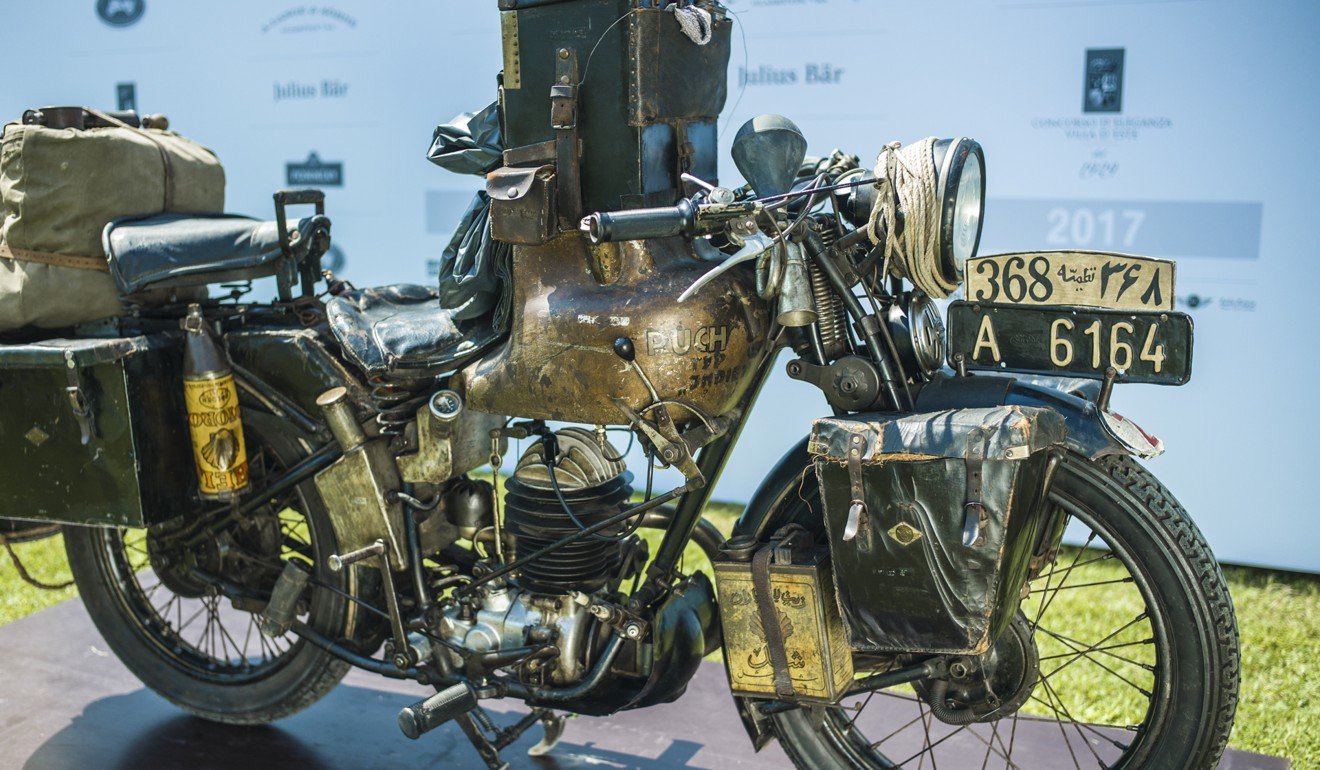
The Concorso di Motociclette was won by a 1933 Puch 250 Indien-Reise, owned by Bolzano-based Peter Reisch, whose scientist father Peter rode it for 13,000km to India. Made in Graz, Austria, the award-winning bike has authentic saddlebags, tools and spares.
BMW meanwhile presented its BMW Motorrad Concept Link, a smart electric bike built for town. It shows how electric bikes can be designed around flat energy packs to be lower, easier to mount than the traditional “leg-over” petrol machines – and with a reverse gear. The concept’s seat bench also adjusts lengthwise to vary passenger or storage room, while its electronics offer “digital networking” with the vehicle, driver and environment, and hints of artificial intelligence.
The Concept Link “knows what is in the rider’s calendar and therefore his next destinations”, BMW Motorrad says. “As a result, it can plan the fastest or most scenic route and even select the most suitable music if required.” The sporty Ducati Café Racer won two awards, for the best prototype and the most popular bike. The aluminium-framed concept looks sporty with wire wheels and a low exhaust. Its engine specifications are unclear – maybe over 750cc. Even so, the model seems well-styled with light emitting diode lights and a hand-stitched seat.
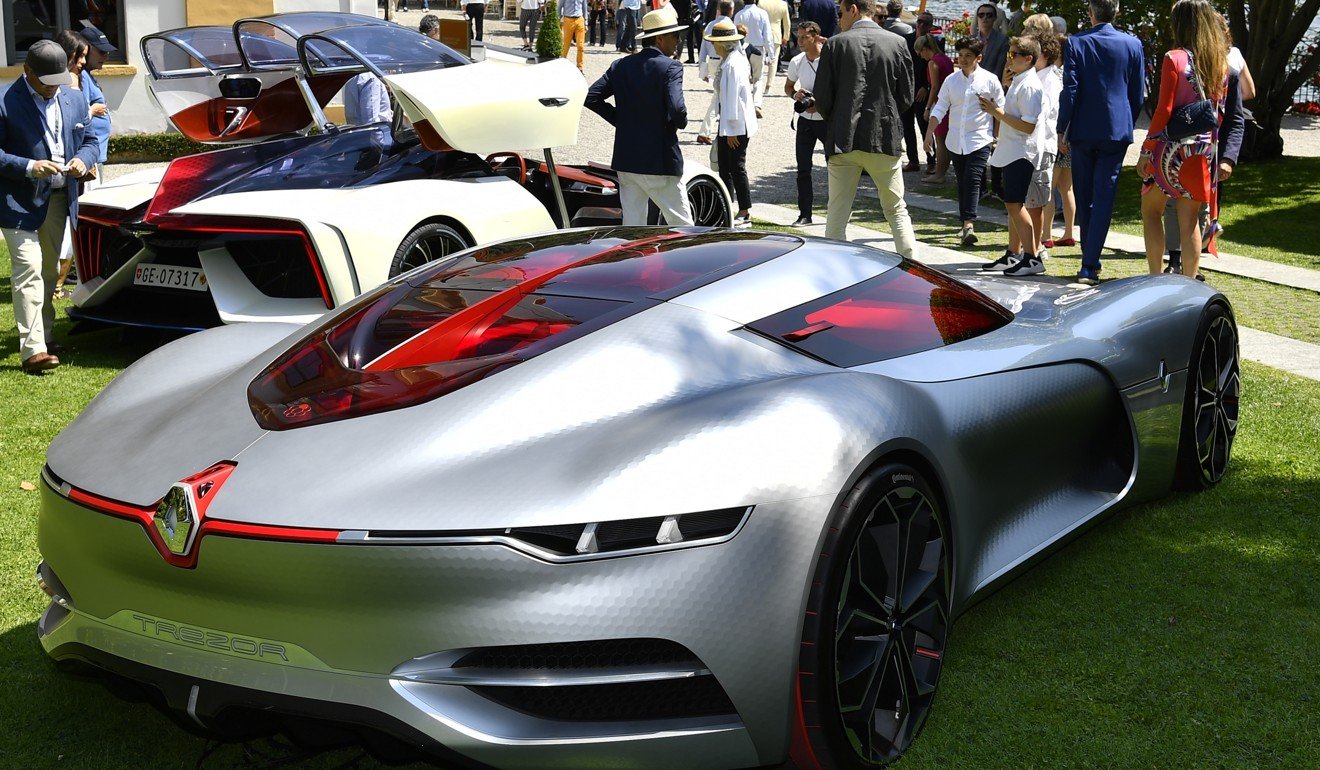
The Renault TreZor EV was voted Most Beautiful Concept Car of the Year, having earned similar titles at its Paris launch last September and at Geneva in March. The curvy 350hp TreZor has a one-piece clamshell roof that opens like a jewellery box to reveal a red interior and promises of Renault’s new connectivity. The acclaimed concept is as powerful as it looks, thanks to a Formula E-derived 260kW electric motor that the marque says sparks 380Nm of torque and sprints to 100km/h in “under four seconds”. The concorso’s award is a boost for Renault, the marque’s director of concept design, Stéphane Janin, says, citing how it “testifies to the fine judgement of great car collectors, who consider automobiles to be works of art”.
Techrules, the Beijing-based automotive research and development company, also displayed its impressive hybrid supercar, the Ren, next to the TreZor. Designed in Turin by Fabrizio and Giorgetto Giugiaro, and launched this year in Geneva, the “three’cockpit” Ren has a lightweight chassis and mechanics that include Techrules’ own Turbine-Recharging Electric Vehicle system”; a 25kWh battery promising 960kW (1,287hp); and a 1,170km drive range from 80 litres of diesel. Front laser headlights and ¨”star-burst” reversing LEDs add to the Ren´s Jetsons look. The car can be configured with one, two or three polycarbonate canopies, Techrules says.
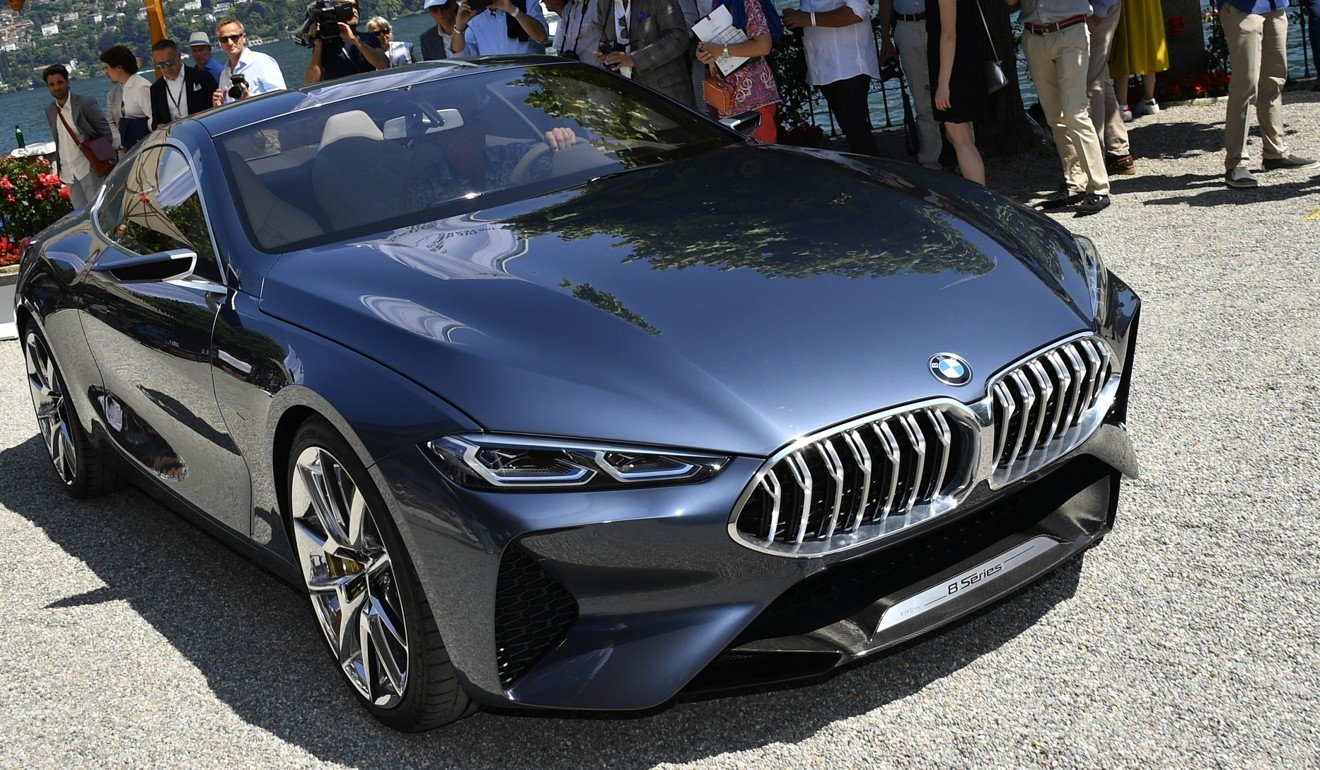
BMW presented its Concept 8 Series as “our take on a full-blooded high-end driving machine”. A preview of the new 8 Series, the concept looks sharp with a wide chromed grille and long bonnet on impressive 21-inch wheels. BMW’s M division is working on an M8 that it says will “will build on the genes of the 8 Series and augment its DNA with added track ability”. The marque also plans to develop its BMW M8 GTE to lead the marque’s return to Le Mans after a run in next January’s Daytona 24 Hours.
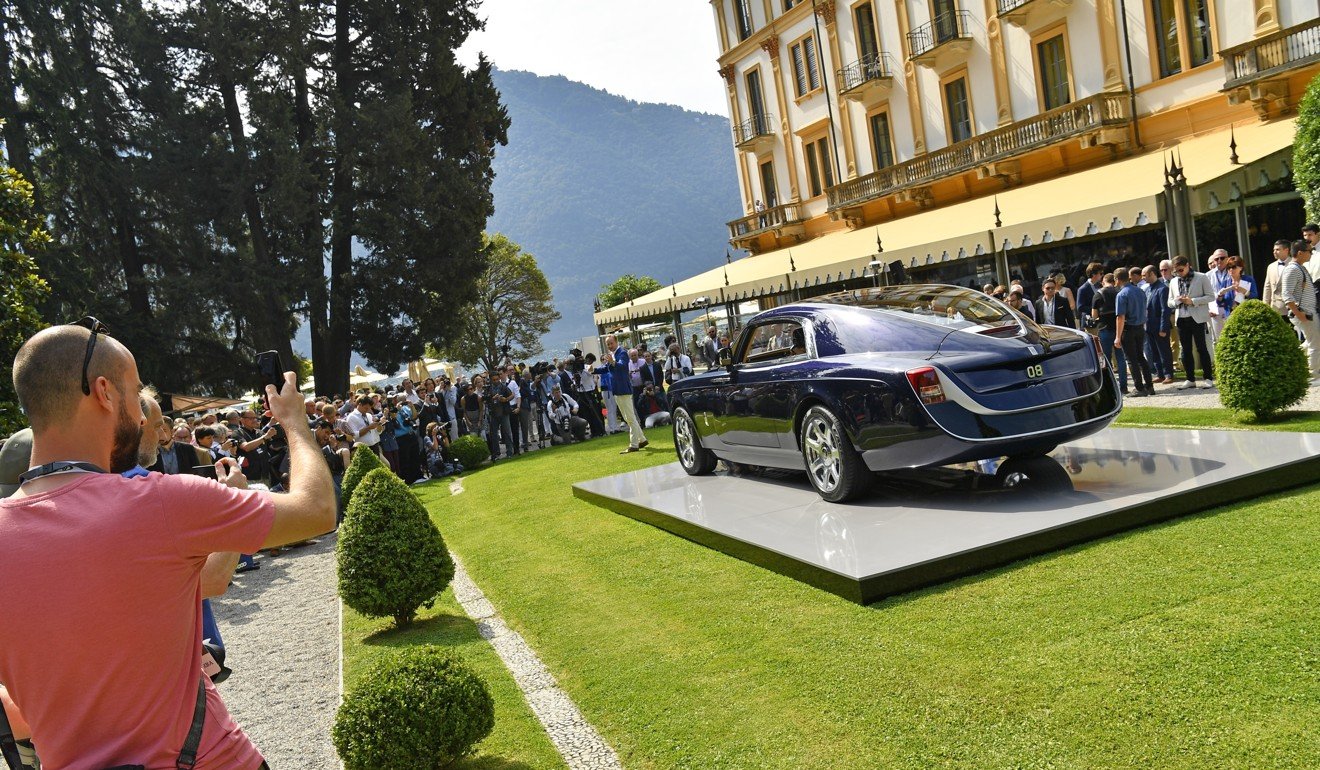
BMW unit Rolls-Royce meanwhile presented its “Sweptail” concept, and revealed the risks that luxury marques might face in allowing customers too much say in their bespoke car designs. Rolls Royce says a customer with a thing for 1920s swept-tail Rolls-Royces approached the marque “with his own idea of a two-seat Rolls-Royce that he wanted to be created in the here and now”. Critics might say the Sweptail looks just that, or that Rolls-Royce really is “the pinnacle of coach building”. Either way, the concorso reminds car lovers that every model is beautiful, the closer you look at it.

